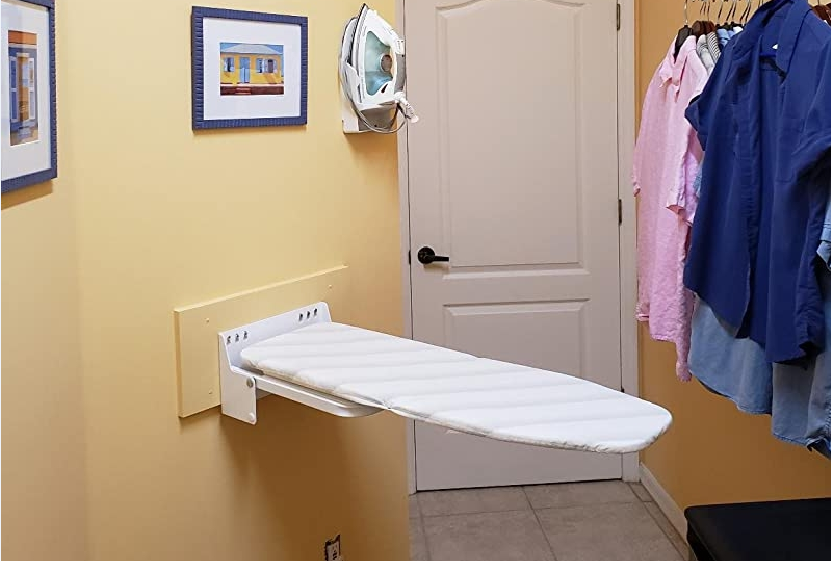Everything You Need to Know About Ironing Board Covers
A couple of years ago, ironing board covers were simple, nondescript, gray, and of the same type. Now you can buy this cover that will perfectly match your room decor. But most importantly, the covers not only perform the property of an accessory but also facilitate the process of ironing the linen. Do not think that it is so difficult to choose a cover, for this, you just need to know all the properties of the covers and the size you need.
A good ironing board should last for decades, and some won’t even go bad for a lifetime. Nevertheless, every 2-3 years the ironing board cover needs to be changed.
Choosing the right cover not only enhances the home decor and is an ironing board accessory but can also improve the quality of your ironing. Often, customers choose a cover as a simple replacement, not knowing about the additional properties and parameters.
When choosing a new cover for your ironing board, take some time to consider the options and differences.
The backing in the coating
Most of the covers contain narrow foam rubber from 2 to 8 mm thick. The lining in the form of foam rubber softens the ironing and plays the non-stick property of the board. More expensive covers can be impregnated with silicone. But not every company produces ironing board covers with backing, so you should pay attention to this when buying. And if, for example, you sew to order or by yourself, then do not forget about the 2-4 mm foam rubber at least – this will greatly improve the ironing process.
What type of fabric is best
Cotton is the most common material used in ironing board covers. But the most artistic and graphic covers are usually made from low-quality cotton material and therefore do not last long.
Do not think that you cannot choose a beautiful cover from high-quality materials. Yes, the choice will be simpler, but such covers are more practical and do not deteriorate longer. They can also improve the aesthetic and appearance of the board. These types of materials are often found: 100% cotton, 50% cotton + 50% polyester, 100% polyester.
Non-stick ironing board cover
But the most practical and improving ironing process are covers with non-stick and heat-reflecting properties. Such coatings are sewn from a metalized thread, Teflon spraying. This cover does not burn during ironing, protects clothes from sticking, and most of the steam and heat is reflected and returned to the clothes, which speeds up the ironing process. The option of buying a non-stick cover is clearly not just a decorative accent, but rather practical. You can find on sale and combined options of 50% metal thread + 50% cotton. This allows you to diversify the pattern on the coating.
Before buying, take measurements of the working surface of the ironing board, measure the width and length of the base. If the size of your board is 120 * 38 cm (the most common standard), then, in addition to the exact size, a cover of 125 * 40 cm is also suitable for you. Pay attention to the nose of the ironing board, it can be blunt, sharp, or tapered. Check with the sellers if this coating is suitable for your board, not all manufacturers rely on non-standard boards.
And don’t forget, all covers are removable, making them easy to machine wash and give them a fresh look. But over time, the cover is wiped off and, of course, requires replacement.
How to put a cover on an ironing board
Ironing board covers produced by the same brands as ironing boards always have the property of being easy to put on the board.
What is the tightening for covers? The most common cover ties are laces or ties. The cover is thrown over the working area of the board, pulled together, and tied. These covers can be tailored perfectly to your ironing board size because it is not always possible to find a 1: 1 size, so you can buy a larger size and tighten it.
Also, manufacturers often have a tightening option – an elastic band. This type of tie is more elastic and the cover, accordingly, can be easily attached to the ironing board. But there are also stupid options – gluing covers and even stapling to the board.

